Combat ships. Cruisers. Like a dandy London ...
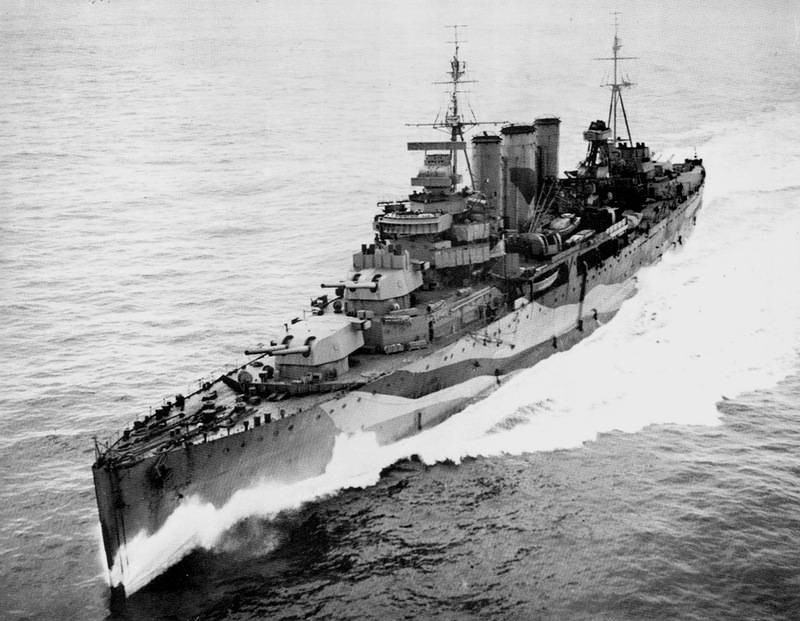
Today we continue the theme of "County", heavy British cruisers, some of the best and most worthy representatives of this class.
"County" of the third series was supposed to be a continuation of the "London" type, but with changes. It was planned to remove the anti-torpedo bullets, replace the main caliber turrets with lighter Mk.IIs, and thereby increase the booking of the main caliber cellars and other important places.
According to the plan, it was planned to build 4 ships, but within the framework of the 1926 program, it was decided to build 2 cruisers, and instead of the rest to build ships of the "York" class, smaller, but more heavily armored.
This is how Norfolk and Dorsetshire were born.
The ships completely repeated the project of the London-class cruisers. The exceptions were armor plates 51 mm thick on the cellars of the main battery towers, a different arrangement of 102-mm anti-aircraft guns and a greater inclination of the stem. Otherwise, they were all the same "Londons".
The hull of the cruisers was 193,67 m long, 20,12 m wide, draft 6,6 m. The standard displacement was 10 135 tons, the total displacement was 13 640 tons.
Reservation
The ship's armor belt consisted of 25 mm armor and covered the engine and boiler rooms. The deck had a booking of 35-37 mm.
The traverses were protected by 25 mm armor, the same thickness of armor protected the steering mechanisms, turrets and turret barbets.
The ammunition cellars had armor from 102 to 110 mm thick.
Power plant
The power plant of the cruisers consisted of four Parsons TZA, with a total power of 80 hp. and eight Admiralty three-collector boilers.
The maximum speed of the ship with a standard displacement was 32,25 knots, with a full displacement - 31,5 knots.
Oil was used as fuel, the reserve of which was 3-100 tons, which made it possible to make transitions of 3 miles at 200 knots, and 12 miles at a maximum speed of 500 knots.
weaponry
Main caliber
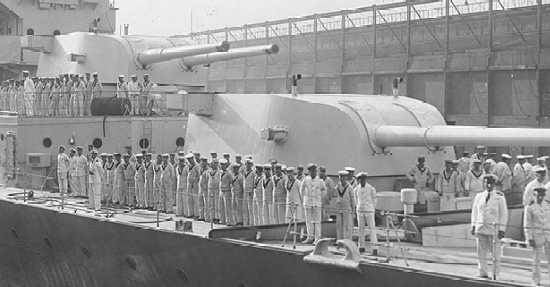
The main caliber artillery of the cruisers consisted of eight 203 mm Vickers Mk VIII guns, located in pairs in four Mk II turrets. The rate of fire of the main caliber guns was 4 rounds per minute, the ammunition was 150 rounds per barrel.
Auxiliary / anti-aircraft artillery
The second caliber of the cruisers consisted of the versatile 102-mm Vickers QF MkV guns, which were installed in pairs on both sides of the 1st and 2nd chimneys.
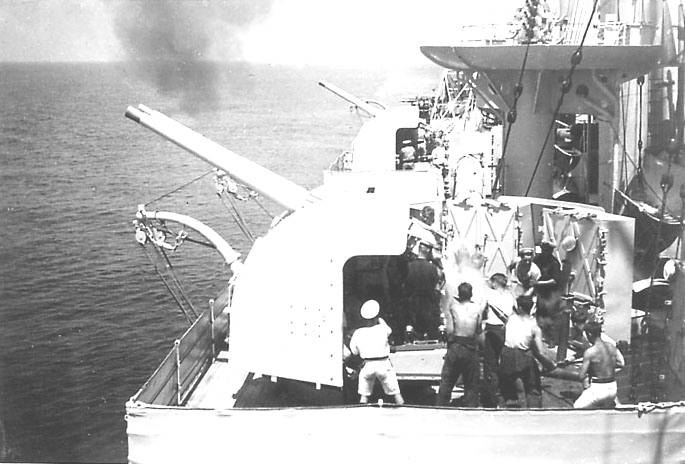
Medium-range anti-aircraft artillery consisted of four installations of 40-mm Vickers MkII guns, located in pairs in front of the foremast, on both sides of the bow superstructure.
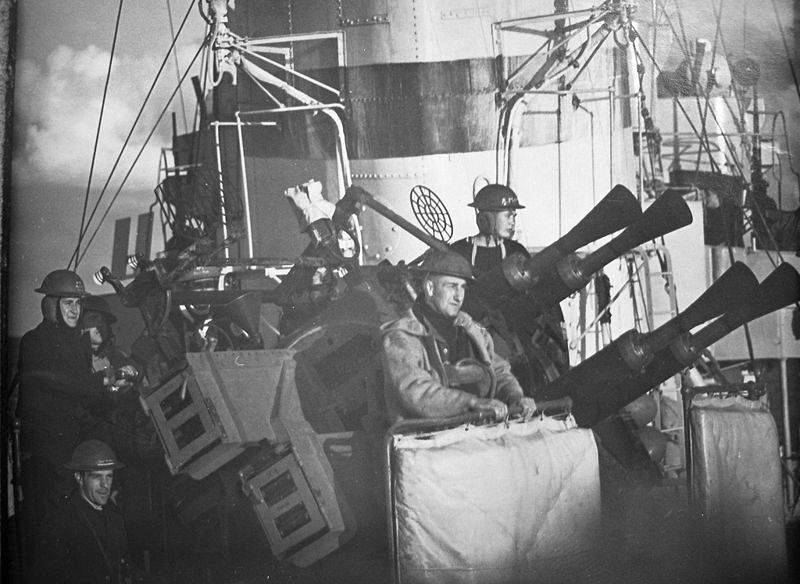
The ammunition capacity of the 40-mm guns was 1000 rounds per barrel.
The closest air defense was initially provided by 7,62-mm Lewis machine guns.
In the course of modernization, the machine guns and "pom-poms" on the Norfolk were removed and instead of them, 12 anti-aircraft guns 20-mm and 3 four-barreled "Bofors" 40-mm were installed.
Mine torpedo armament
The cruiser's torpedo armament classically consisted of two four-tube 533-mm torpedo tubes located on both sides aviation catapults.
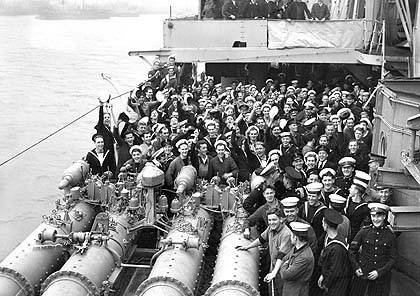
Ammunition consisted of nine torpedoes, stored in a special charging room on the main deck under the base of the catapult.
Mk.VII torpedoes had a warhead weight of 335,7 kg, a speed of 33 knots and a range of 14 miles with a travel time of 15 minutes.
Aircraft Armament
The seaplane has been on cruisers since 1931 and was lowered into the water by a crane for takeoff, in the same way it was returned on board. In 1932, the cruisers received rotary catapults capable of launching aircraft weighing up to 2,5 tons. Electric cranes for lifting aircraft were located on the starboard side, in front of the torpedo tubes.
A hangar for storing seaplanes was not provided, because the plane was stored on a catapult.
At first, the Fairey "Flycatcher" was used as an onboard seaplane, then a Vickers-Supermarine "Walrus" aircraft was registered on board in the process of modernization in 1937 instead of it.
Upgrades
Just like on the "Londons", in 1936-1937, single mounts of 102-mm guns were replaced by twin mounts of the same caliber 102-mm Mk XIX. The new installations were also versatile, and could fire at both surface and air targets.
40-mm machine guns were also replaced with twin mounts of the Mk VI type, 7,62-mm machine guns were dismantled. The ships were equipped with three eight-barreled 40-mm Bofors assault rifles.
At the beginning of 1942, nine 20-mm Oerlikon assault rifles were placed on the cruisers in single installations.
The radar equipment consisted of radar types 273, 281, 284 and 285.
Combat application
"Norfolk"
The first combat operation in which Norfolk took part was to search for and cover the Spearfish submarine in distress in the North Sea. The operation took place in September 1939. The ships participating in the operation were attacked by German aircraft, however, these attacks had no consequences.
In October, the cruiser was involved in the search for the German raider "Admiral Graf Spee". The raider was not found, the Norfolk was returned to the metropolis. Upon arrival, the cruiser was sent to search for the German battleships Scharnhorst and Gneisenau. The search was also unsuccessful, the German ships successfully arrived at their bases.
A series of unsuccessful searches continued the following year. In February 1940, British cruisers were looking for supply ships for German raiders.
And in March 1940, German aircraft paid a visit to Scapa Flow. At the same time, cover airfields at Stromness, Barthouse and Kirkwall were attacked.
The Norfolk was hit by one 250 kg bomb, which pierced three decks and caused a significant fire. There was a threat of explosion of artillery cellars, so the commander of the ship gave the order to flood the ammunition cellars. The explosion was avoided, but the cruiser had to get up for lengthy repairs.
Only in August 1940, the Norfolk went to sea on patrol in northern waters together with the cruiser Australia to the shores of Norway.
In 1941, "Norfolk" and "Devonshire" searched (to no avail "in the Indian Ocean for the German raider" Cormoran. "
On May 18, 1941, the Norfolk, together with the heavy cruiser Suffolk, formed the backbone of the Northern Patrol raiding the Danish Strait. On May 23, Suffolk visually detected a German naval compound. These were the battleship Bismarck and the heavy cruiser Prince Eugen.
The cruisers at full speed at 30 knots went to rapprochement with the enemy. Due to errors in the calculations of the course and coordinates, the Norfolk at full speed, emerging from the fog, was 6 miles from the Bismarck. The German battleship fired several volleys at the cruiser, but none of the 380-mm shells reached the target.
The Norfolk took advantage of the fog and disappeared. Later, the Norfolk merged with the Suffolk and the ships began to control the German ships. Radar "Saffol" "type 284" allowed to keep a distance of up to 25 km. The cruisers were escorted by German ships, at the same time directing a combination of British ships from the battleship Prince of Wales and the battle cruiser Hood to them.
The further course of events is known. The Bismarck was sunk. "Norfolk" was marked by hits in the main rangefinder post "Bismarck". In general, the cruiser fired 527 shells and all torpedoes at the German battleship.
Further service of the "Norfolk" was accompanied by convoys en route to Britain, both through the Suez Canal and bypassing Africa. Participated in escorting convoys WS-4B, WS-5A, WS-8X. Then he escorted ships as part of convoys NH-112 and NH-119A from Canada to Great Britain.
Arctic convoys. Perhaps many British ships can boast that they took part in escorting these convoys. Norfolk is no exception.
During its activities in the North, "Norfolk" escorted 14 (FOURTEEN) convoys, heading both to the USSR and vice versa.
PQ-2 and QP-2, PQ-14, PQ-16 (in the USSR) and QP-12, PQ-17, PQ-18, QP-14, JW-53 and RA-53, RA-54A,
JW-55A and JW-55B, RA-55A.
Each convoy that came to the USSR is a huge contribution to the victory. And every ship that Royal fleet Great Britain, that the US Navy, fulfilling its duty in escorting northern convoys, played a very significant role. The Norfolk became one of these ships.
The cruiser took part in the famous battle at the North Cape.
The Scharnhorst and 5 destroyers went to sea on December 25 to smash convoy JW-55B to pieces. Due to weather conditions, the destroyers of the German formation were significantly removed from the battleship, in fact, the Scharnhorst was left alone.
The Norfolk's radar was the first to spot the German battleship. Next, the flagship Belfast also found the Scharnhorst. It was only seven miles to the battleship ... The cruisers opened fire. The shells of the Norfolk hit the target, the antenna of the bow radar station was destroyed and the entire personnel of the radar station were killed.
The Scharnhorst covered itself with a smoke screen and withdrew from the battle. The task of the battleship did not include the battle with the cruisers, but the main task was to destroy the transports. The task was complicated by the German destroyers, who finally lost their leader.
The Scharnhorst returned and again engaged the British cruisers, whose fire was accurate but did not significantly damage the battleship. But the Scharnhorst shells destroyed the aft tower of the Norfolk and disabled the radar equipment. "Sheffield" also got from the Germans, but not like "Norfolk".
Towards evening, the battleship Duke of York, the cruisers Belfast and Jamaica, and the destroyers approached the battle area. As a result, the Scharnhorst was sunk.
The Norfolk went for repairs, as a result of which the X tower was dismantled, and since it could not be repaired, two four-barreled 40-mm machine guns were installed instead. The ship also received 6 Bofors 40 mm. Radars of types 274, 282, 283, 285, 277 and 293 were re-installed to replace the destroyed ones. Repair work continued until November 1944.
In early 1945, the cruiser patrolled the coast of Norway. On January 12, the Norfolk and three destroyers attacked a German convoy. As a result of the battle, the British sank the M-273 minesweeper and two transports. The convoy was rescued by an attack by the German submarine U-427, which attacked British ships. The torpedoes passed the British ships, but the attack was thwarted.
In May 1945, the Norfolk took part in operations to liberate Denmark and Norway, supporting operations ashore and landing troops. Covering a British air raid on a submarine base in the natural harbor of Kilbotn, when a German submarine, a submarine base and a trawler were sunk.
In June 1945, he completed a diplomatic mission, bringing the King of Norway and his family to Oslo.
After the end of World War II, the cruiser was sent to serve in the Pacific Ocean, where she served until 1949. Then he was returned to the metropolis and taken out of the fleet.
Dorsetshire
The cruiser made its first combat use as part of the multinational forces in the operation to "pacify" Japan, which decided to land troops on the Kulangsu Peninsula in May 1939. The warships of Great Britain, the United States and France landed a large assault force, which forced the Japanese to abandon their original plans and retreat.
In September 1939, the Dorsetshire, as part of a search group, took part in the search for the German heavy cruiser Admiral Graf Spee. The main battle took place without the Dorsetshire, the German ship was destroyed by its crew. The British cruiser was sent to Freetown. On the way there, the cruiser intercepted the German ship Wahema, which was sunk by her crew.
Then the cruiser went to Dakar, where, together with the Hermes aircraft carrier and the Australian cruiser Australia, he controlled the ships of the surrendered France.
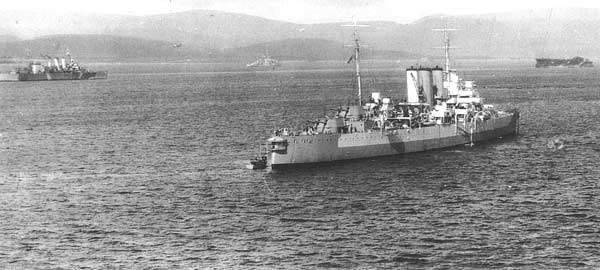
At the end of 1940, Dorsetshire was transferred to the Indian Ocean for military operations against Italian Somalia. The cruiser fired at the port of Zante, and the onboard seaplane dropped several bombs on military depots. At the end of 1940, the Dorsetshire was again transferred to the Atlantic in search of the raider Admiral Scheer.
In May 1940, the Dorsetshire took part in the pursuit and destruction of the German battleship Bismarck. During combat contact, the cruiser fired 250 shells with the main caliber. It was "Dorsetshire" that struck the last blow with torpedoes on the "Bismarck", finishing off the battleship.
After the Bismarck sank, Dorsetshire and the destroyer Maori began rescuing sailors from the battleship and rescued 110 people.
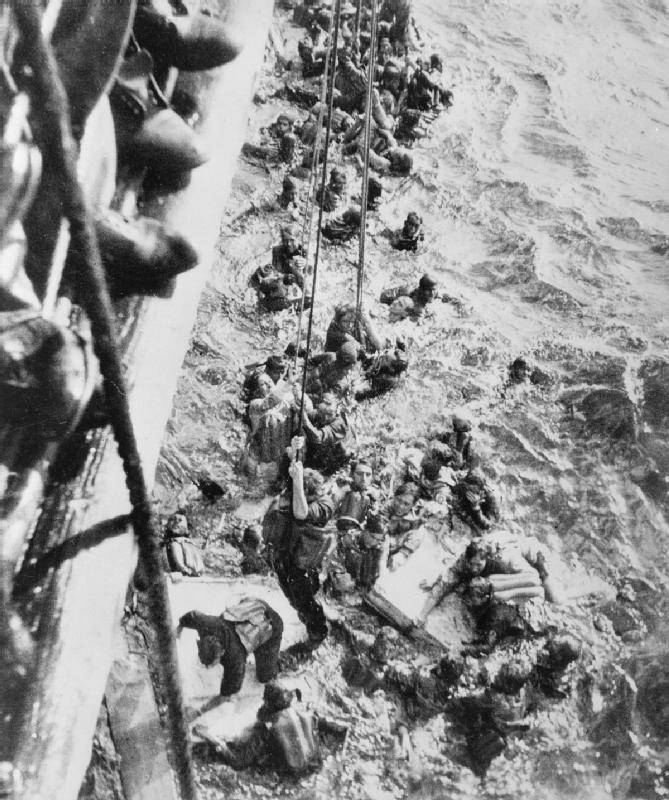
Rescue "Dorsetshire" sailors "Bismarck"
But the rescue operation was halted due to the appearance of a (supposedly) German submarine. This cost the lives of more than 800 German sailors who simply drowned.
Further, the cruiser was engaged in patrol service in the Atlantic. On December 1, 1941, in the area of St. Helena, the Dorsetshire team discovered the German supply ship Piton and two submarines that were receiving fuel and ammunition from the Piton.
The boats managed to submerge and one of them attacked the Dorsetshire, but unsuccessfully: the cruiser dodged all five torpedoes.
The Python was blown up by its crew, and the Dorsetshire left, fearing a second attack from German submarines.
Then the cruiser was assigned to the escort service and took part in escorting 11 convoys in the Pacific Ocean from Singapore to various islands.
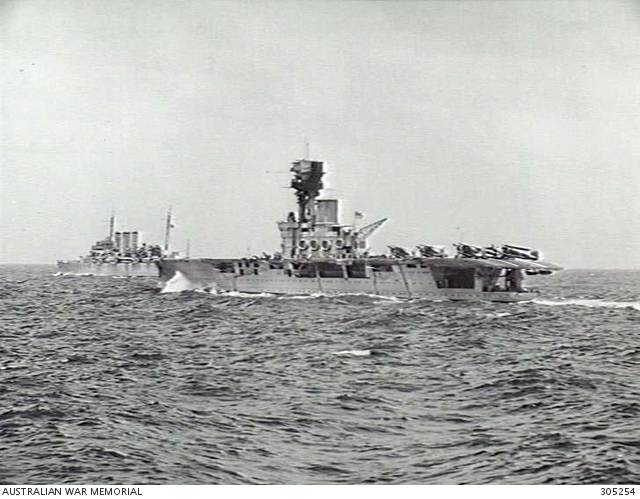
On April 4, 1942, the cruisers Dorsetshire and Cornwall left Colombo towards Ardu Atoll to join Admiral Sommerville's squadron. Moving to the rendezvous point, the ships carried out reconnaissance of the area. A seaplane from the Dorsetshire spotted a group of Japanese ships 150 miles away. The cruisers were given full speed in order to get out of the dangerous area.
But the British cruisers were also spotted from the Japanese reconnaissance aircraft of the Japanese heavy cruiser Tone. But the Japanese admiral Nagumo received information that there are two destroyers in the area.
To intercept the destroyers, 53 attack aircraft were raised from the aircraft carriers Akagi, Hiryu, Soryu and Zuikaku. Mostly bombers.
The bombers entered the ships from the bow, from the direction of the sun. The attack began at 13:40. The crews of the cruisers opened heavy anti-aircraft fire, but the Japanese bombers carried out their bombing with very high accuracy.
On the first call, Dorsetshire received three hits from 250-kg bombs. The steering, the main radio post, and a number of anti-aircraft guns were out of order. The second run of Japanese aircraft added another 7 direct hits. The ship lost speed, a fire broke out on the cruiser, a list appeared to starboard.
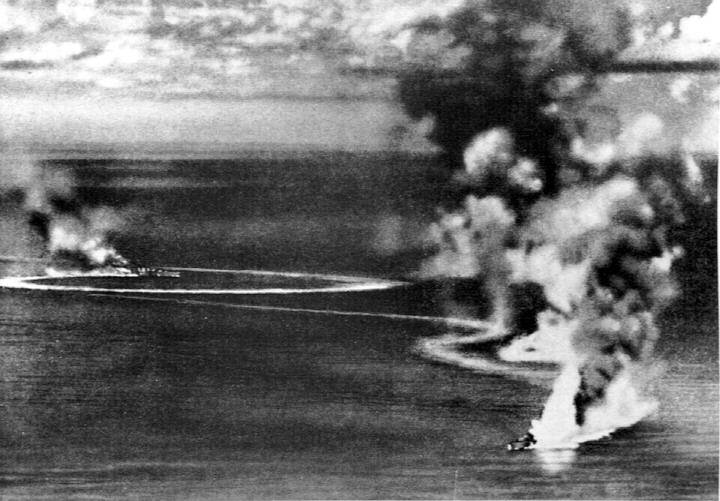
Dorsetshire and Cornwall under attack
Observing all this, the cruiser commander ordered to leave the ship. The Dorsetshire capsized and sank at 13:48. Only 8 minutes have passed since the start of the attack.
Cornwall was also sunk with 9 direct hits.
It was possible to save 1 out of 122 crew members of two ships.
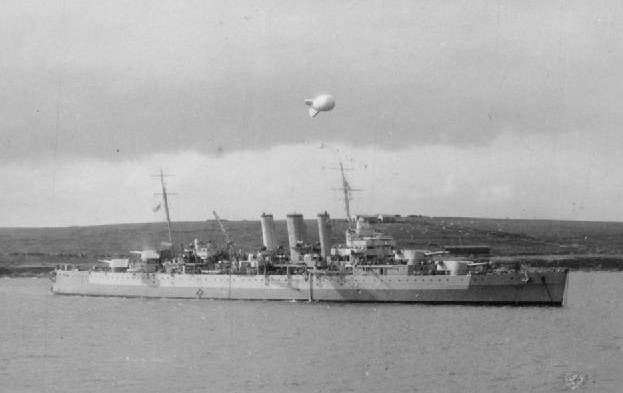
The third episode of "The County" vividly illustrates the whole principle of the British. The empire was gathering on the island, the characteristics of the cruisers were improving by the millimeter. The unnecessary was removed and the necessary was installed.
The result was quite strong and efficient heavy cruisers. Low on armor? But the "Norfolk" received "hello" from the "Scharnhorst" in the form of two 283-mm shells and did not lose combat effectiveness, although the cruiser had to go for repairs.
The death of the Dorsetshire was caused rather by the excellent work of the Japanese pilots, who drowned the Prince of Wales and Repals in the same style. The cruisers had more chances of survival, but the thin deck played into the hands of the Japanese.
However, these were very decent ships.
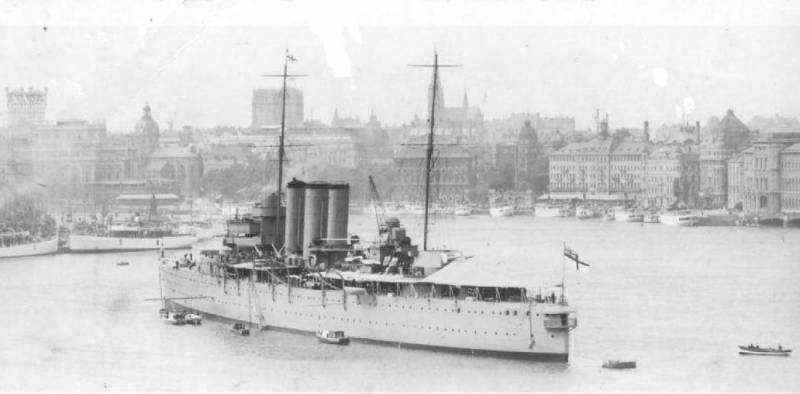
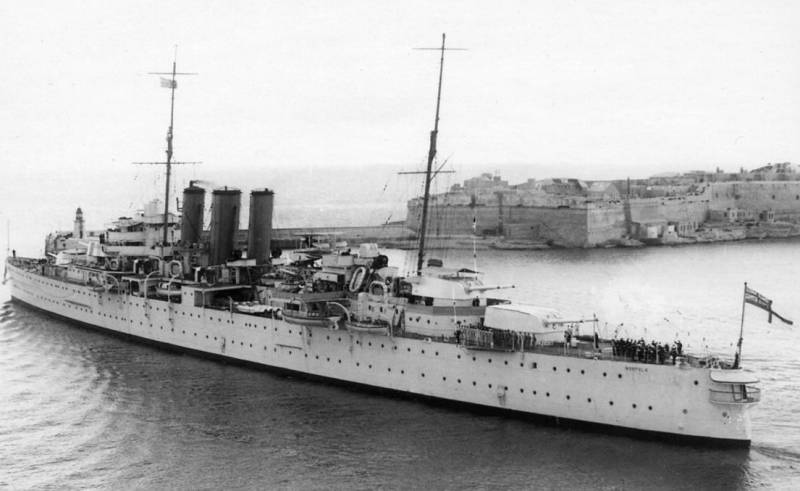
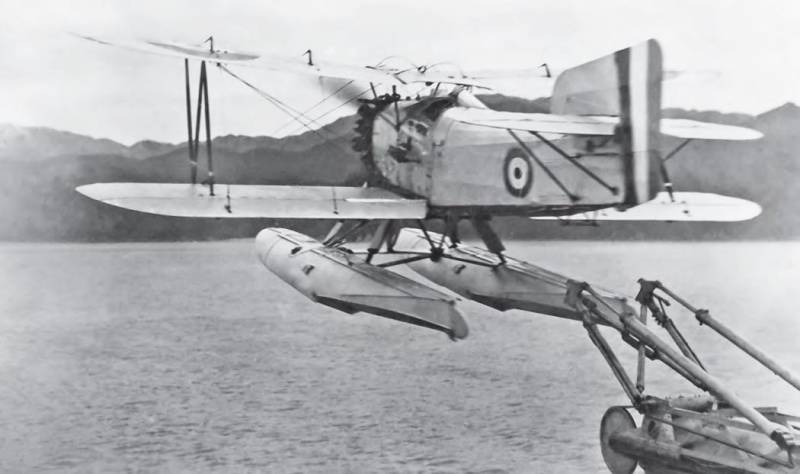
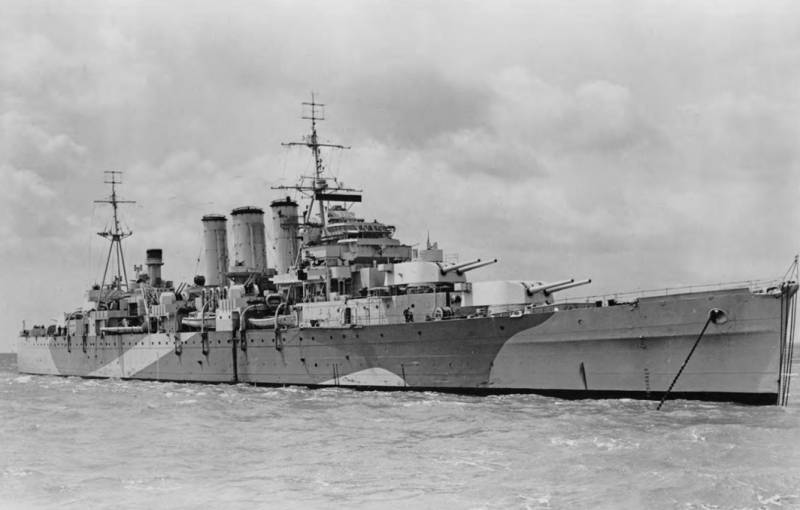
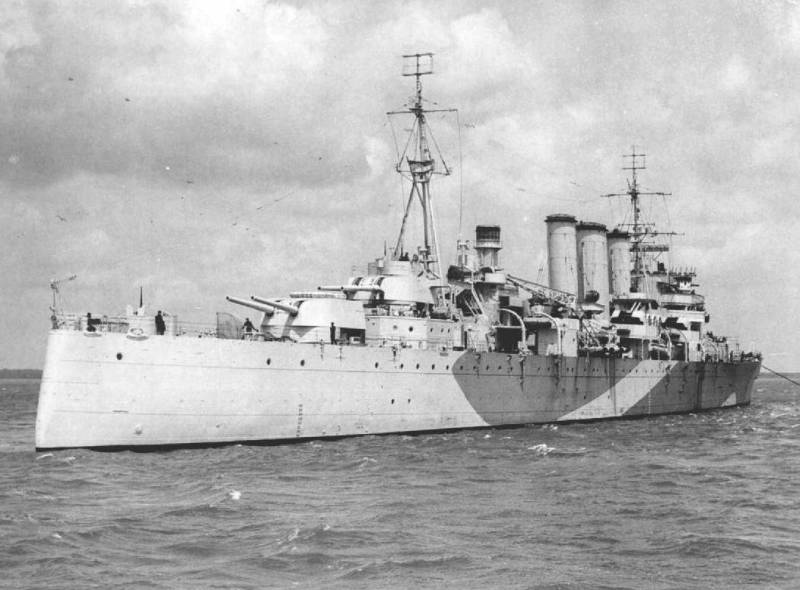
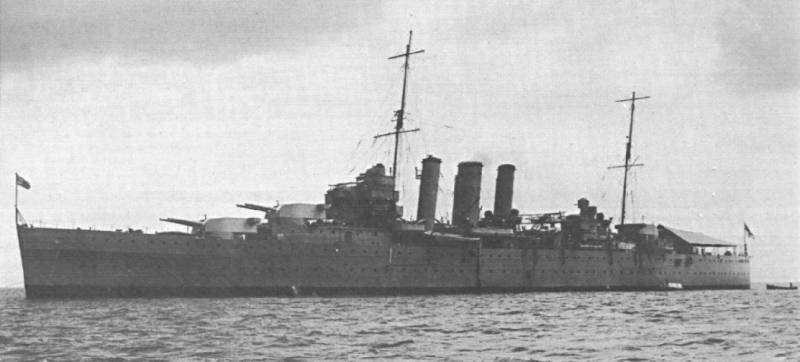

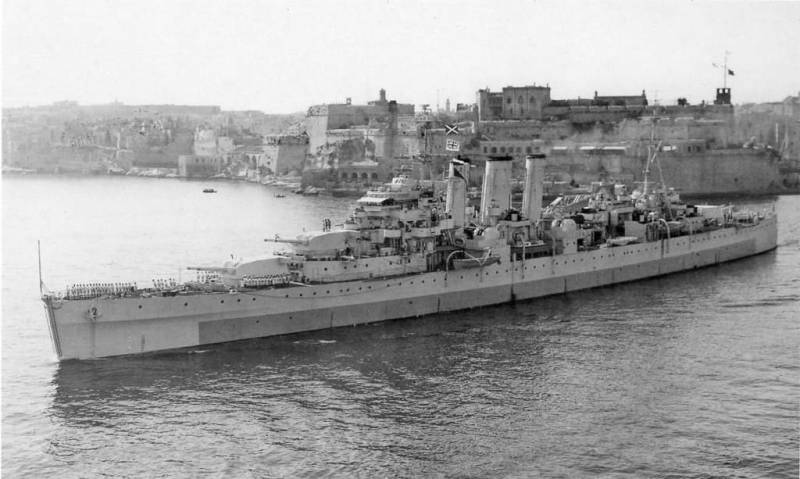
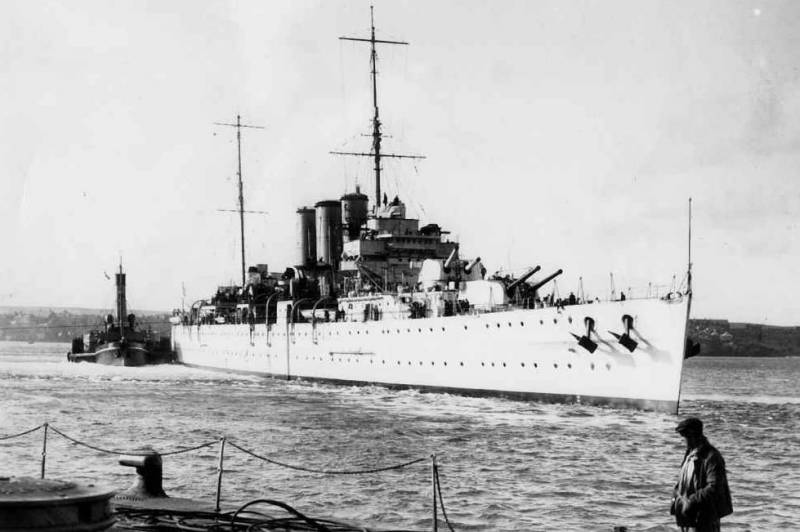
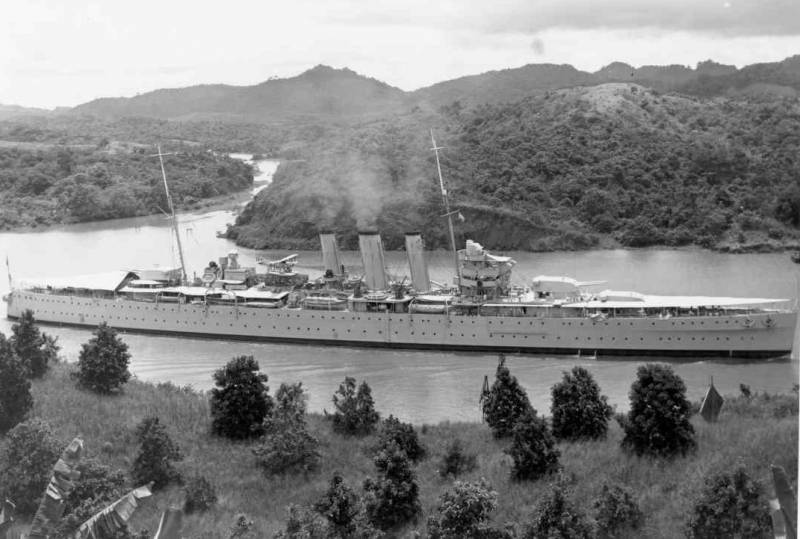
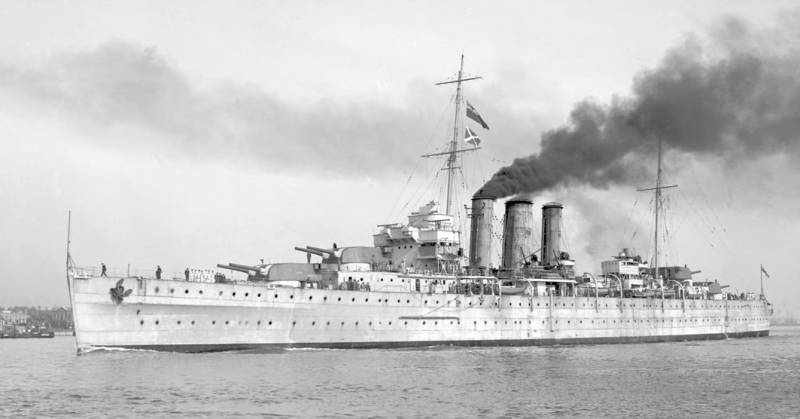
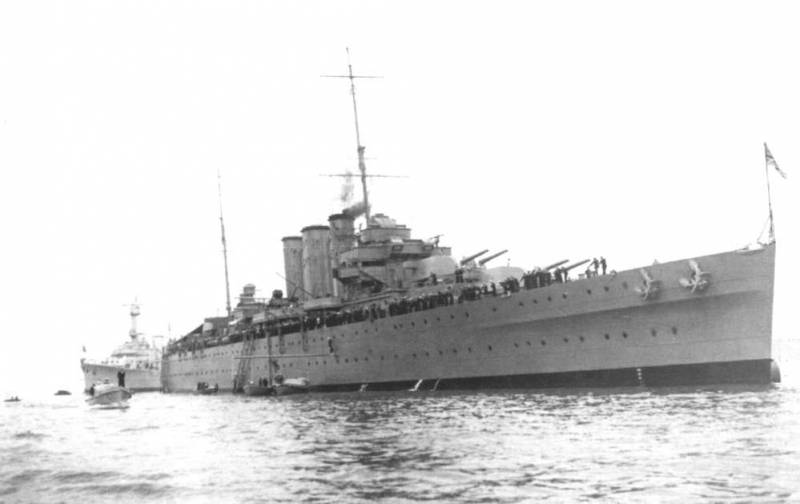
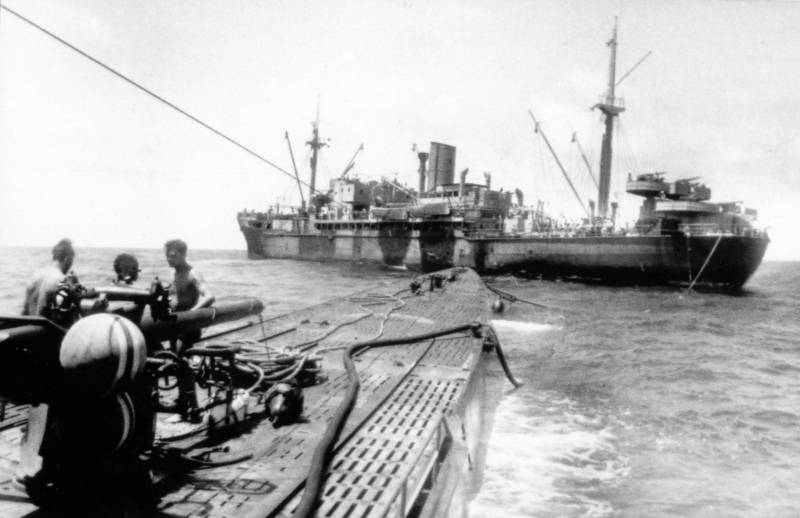

Information